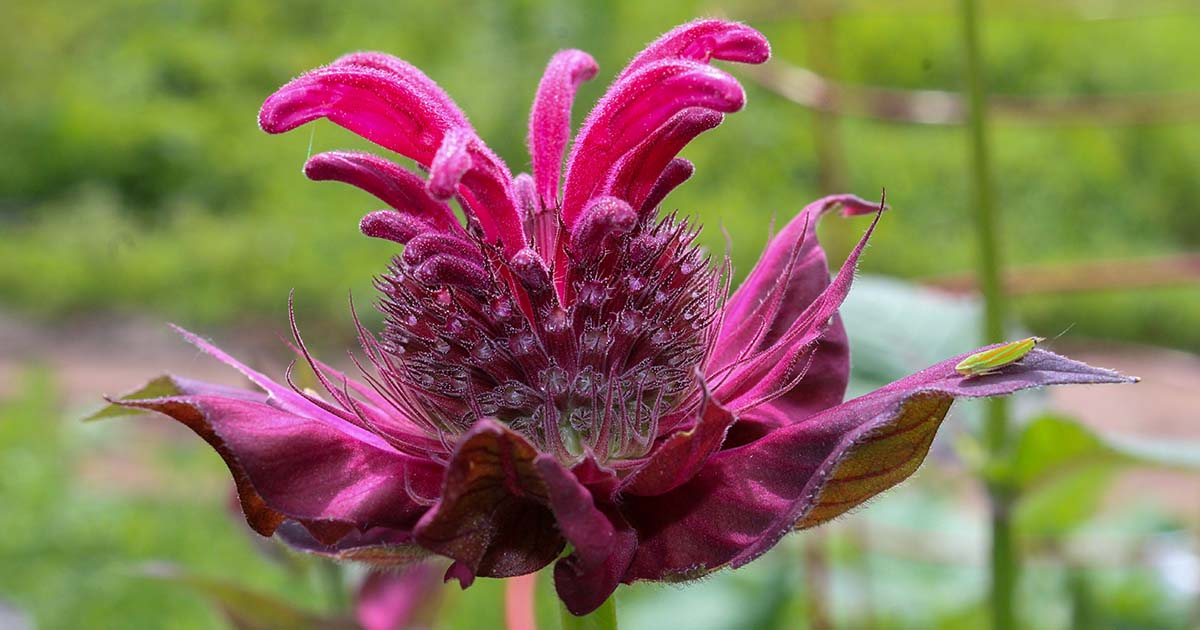Likewise, any walnut species, as well as chestnut, hackberry, or other known allelopathic plants should not be used.
4. Nutrient Deficiency
If you have poor soil fertility in general, your plants will likely show stunted growth and/or discoloration, will tend to be more susceptible to pests and disease, and – you guessed it – they may not flower.


If you suspect a lack of fertility is the problem, you should immediately do a soil nutrient test and seek to balance the inadequate nutrients using an organic fertilizer that is high in whatever is missing.
If plants look otherwise healthy but simply do not flower, it could be that your soil fertility isn’t horrible – it might just be low in phosphorus, the most common nutrient deficiency to prevent flowering.
Again, be sure to test to make sure your soil is low in phosphorus before fertilizing, as overfertilization can result in other nutrient imbalances, and excess phosphorus is a potential pollutant.
5. Poor Soil Health
Even if your soil shows ideal fertility levels with nutrient tests, those nutrients may not be available to your plants if your soil pH or soil health is generally off.
Bee balm requires a pH of 6.0-7.0 to properly absorb nutrients, and pH tests can help you determine whether your soil is in the correct range.


Fast-Acting Sulfur, Available from Amazon
It may be necessary to amend your soil with lime if the pH is too low, or use agricultural sulfur if the pH is too high, following the recommended guidelines on the product.


Garden Lime, Available from Amazon
Unfortunately, if the pH of your soil is not suitable for growing bee balm now, you’ll likely need to monitor it on an ongoing basis and amend it as often as once per year.
Even after it seems to have stabilized, the soil may tend towards a particular pH over time due to the composition of the underlying parent material – or basically, via the rock on which your soil rests.
Meanwhile, if your soil has few microorganisms to help make nutrients bioavailable, or the soil is too compacted for roots to grow and get enough oxygen, water, and/or nutrients, your plants will also suffer.
A lack of beneficial microorganisms can be solved by working at least two inches of compost into your soil, with ongoing additions of mulch to keep the soil covered by about four to six inches.
Compacted soil should be broken up with a broad fork or garden fork prior to planting, and after loosening the soil, you should avoid walking on it.
I like to create “double reach” beds where I can reach the center from both sides via pathways.
6. Improper Water
With its shallow roots, bee balm isn’t known as the most drought tolerant of plants.


In fact, I use Monarda as an indicator plant in my garden to tell me when I need to water, since theirs are among the first leaves to begin drooping during a dry spell.
If your plants have experienced prolonged dry periods and their leaves and upper stems are flopping sadly in the breeze, give them a good watering once a week.

